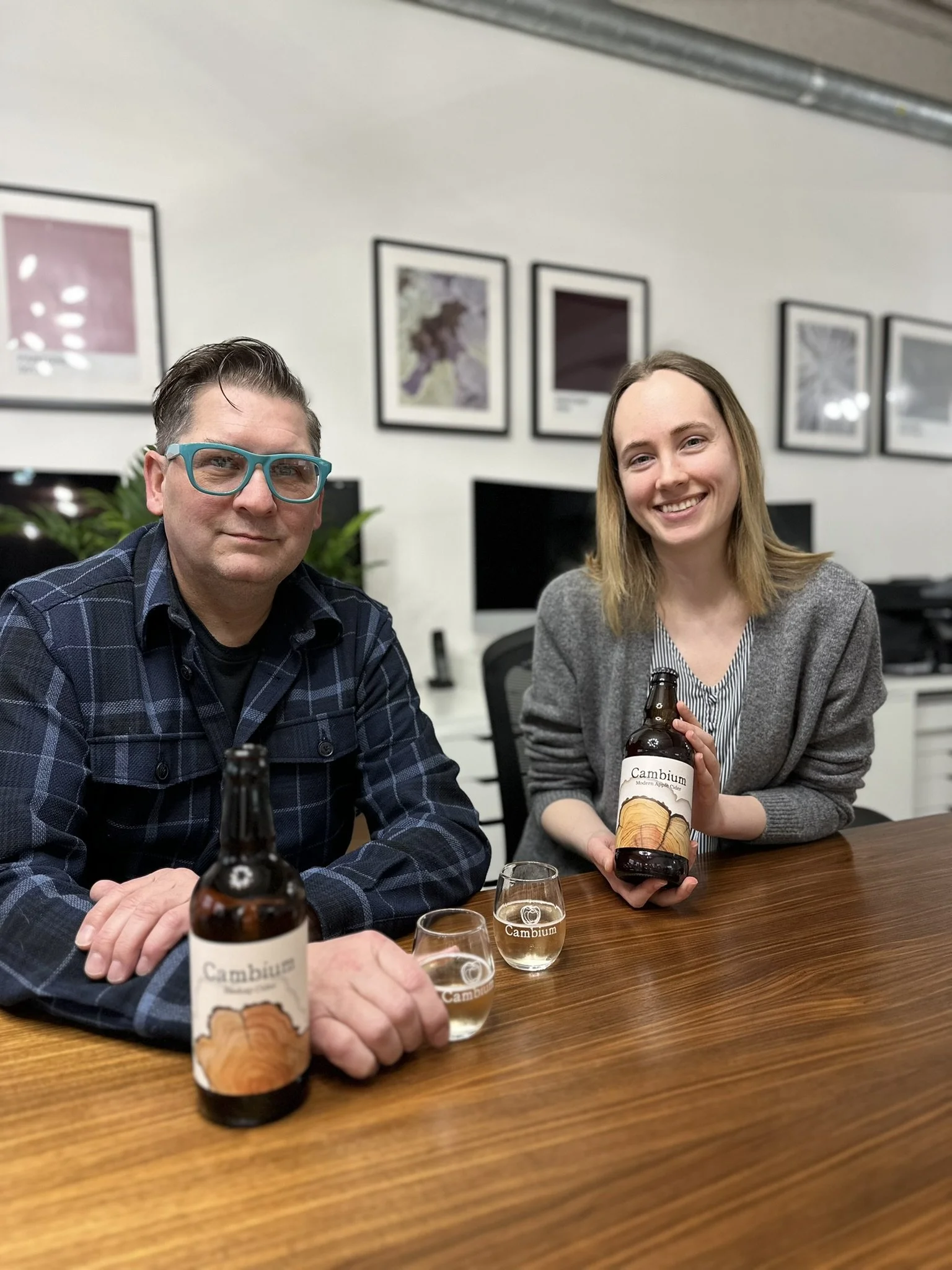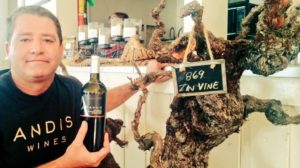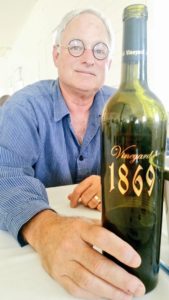"There's history in those vines, that tell the story of Amador. There's ghosts in that vineyard." - Marc McKenna, winemaker, Andis Wines As part of the 2016 Wine Bloggers Conference held in Lodi, California, some of us were able to secure a spot in the Amador County pre-excursion. Among many other delicious wine and winery events, we were treated to a speed-tasting session in Plymouth, at the original Shenandoah School House, built in 1876. Surrounded by rows of dusty vines, eight wineries poured special flights of wines that showcased the best of Amador wine country. Within these selections were three old vine Zinfandels from three different producers, sourced from one vineyard that pre-dated the schoolhouse itself, Shenandoah Valley’s Original Grandpère Vineyard.
County records suggest that the site was first planted to vine in 1869 (although some speculate that it may have been planted as early as 1865), but give or take a few years, this planting features the oldest living Zinfandel vines in the state. Originally planted by members of the Upton family, the vineyard changed hands over the years, eventually ending up in the hands of Terri and Scott Harvey, who purchased the site in 1984. At the time, the pair were married, and Terri tended the vines while Scott was a winemaker for a number of local wineries, including Santino, and later Renwood, where he utilized some of the Original Grandpère Vineyard’s low-yielding fruit. While at Renwood, cuttings were taken from the old vines and grafted to phylloxera-resistant rootstocks to create what is now known as the Grandpère Vineyard. Scott departed Renwood in 1995, and his marriage to Terri ended shortly thereafter as well. A trademark dispute ensued between Terri and Renwood, but once the Amador dust had settled, Terri was allowed to maintain the legacy of the site by naming it the “Original” Grandpère Vineyard.
Even though the fruit was sold to various commercial and amateur wineries for White Zinfandel in the 1980s, vigorous pruning and careful vineyard management drastically reduced the vineyard yields, while increasing its potential quality. Today, in a unique arrangement I’ve not heard of anywhere else, just four wineries are allowed to source grapes every vintage – Scott Harvey Wines, Andis Wines, Vino Noceto and C.G.Di Arie Winery. What’s most interesting is that each winery does not have one specific parcel or set of rows they are allocated to use, therefore their lot rotates every year.
I compare this civilized collaboration to the out-dated French Napoleonic laws of succession and inheritance, where an individual’s assets are divided between each child in equal shares, resulting in smaller and smaller parcels of land being passed to the next generation. Coupled with sky high federal inheritance taxes, the situation in premium winegrowing areas of France has become challenging and confusing. But the spirit of collaboration in Amador (even between divorced, but now friendly couples) results in some of the most complex and tasty wines in California.
Of the four wineries currently producing wine from the Original Grandpère Vineyard, we tasted selections from three. The Andis Wines 2012 Original Grandpère Zinfandel was first: delicate, but with rich tannic structure, this Zin showed notes of raspberry, black pepper and grilled red meat. I liked the way it showed now, but thought that a few more years in bottle would bring out lush fruit flavours. From the same vintage, we next tried the Vino Noceto OGP Zinfandel. Winemaker Rusty Folena suggested that the wine has a mind of its own, and he favours non-interventionist winemaking techniques, allowing the vintage to express itself. Quite frankly, this philosophy was shared among the other Amador wineries, who also respect the vineyard enough to let it do its own thing. I thought that the Vino Noceto wine was similar to the Andis Zin, but with notes this time of a more pungent white pepper, balanced with sweeter red fruit flavours. Finally, we tried the 2008 vintage of “1869” from Scott Harvey Wines, poured by Scott himself. “Every layer of soil gives the wine a different dimension,” he said. Indeed, this expression cast off overtly spicy notes in favour of fresh, bright flavours of pomegranate, cherries and sweet earth, as if still wet from a recent rainstorm.
Special thanks to the Amador Council of Tourism, the Amador Vintners Association and to all the wineries for allowing us to taste the living history of this special region.





